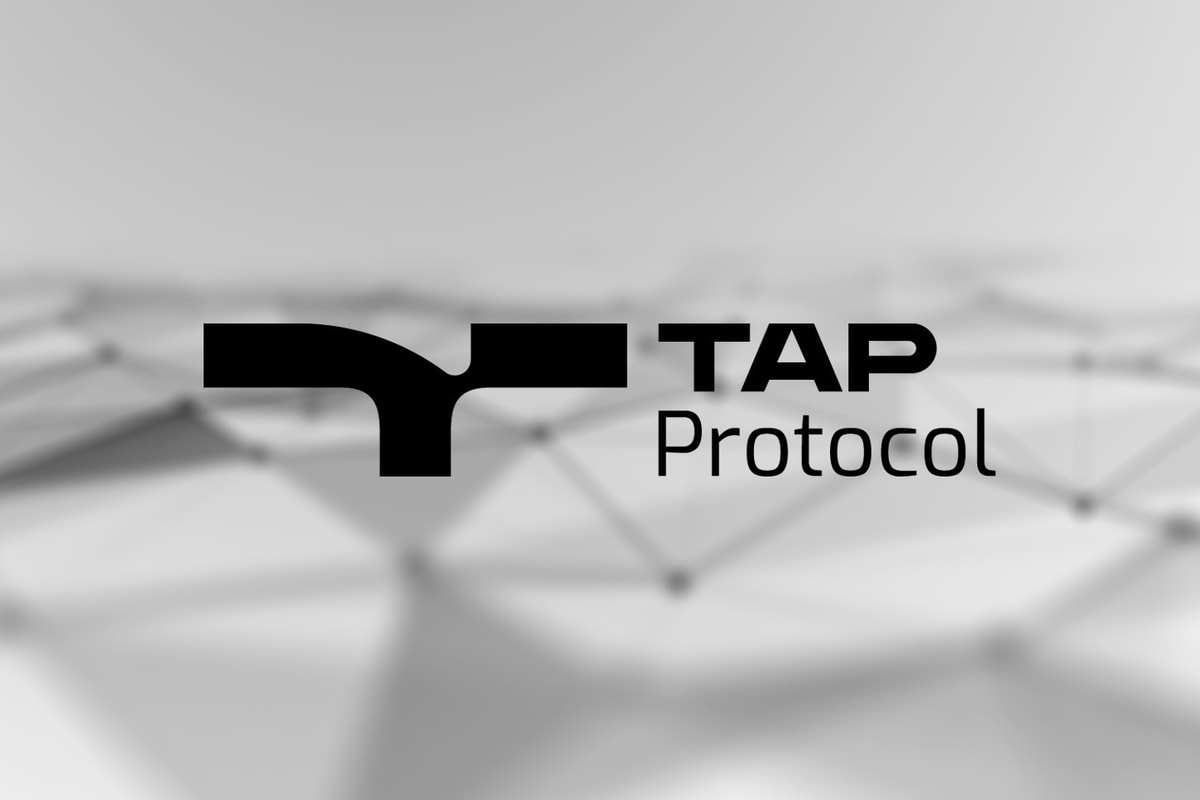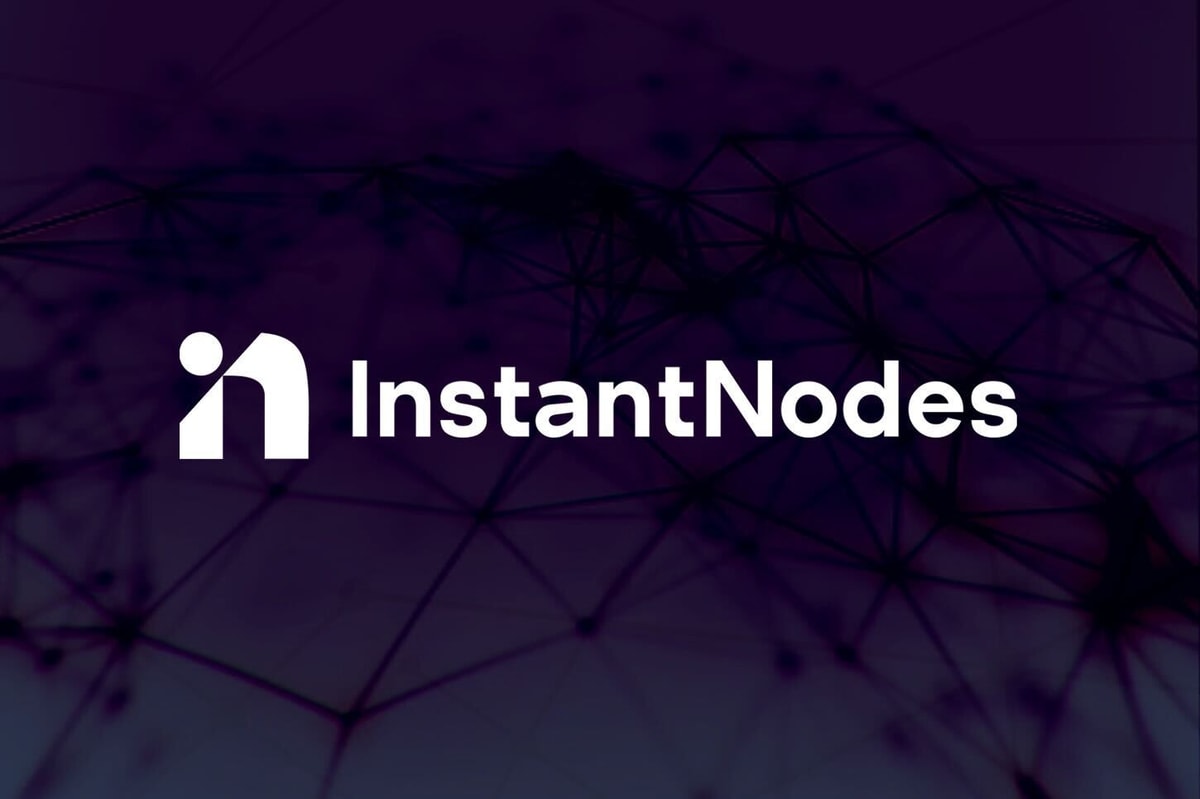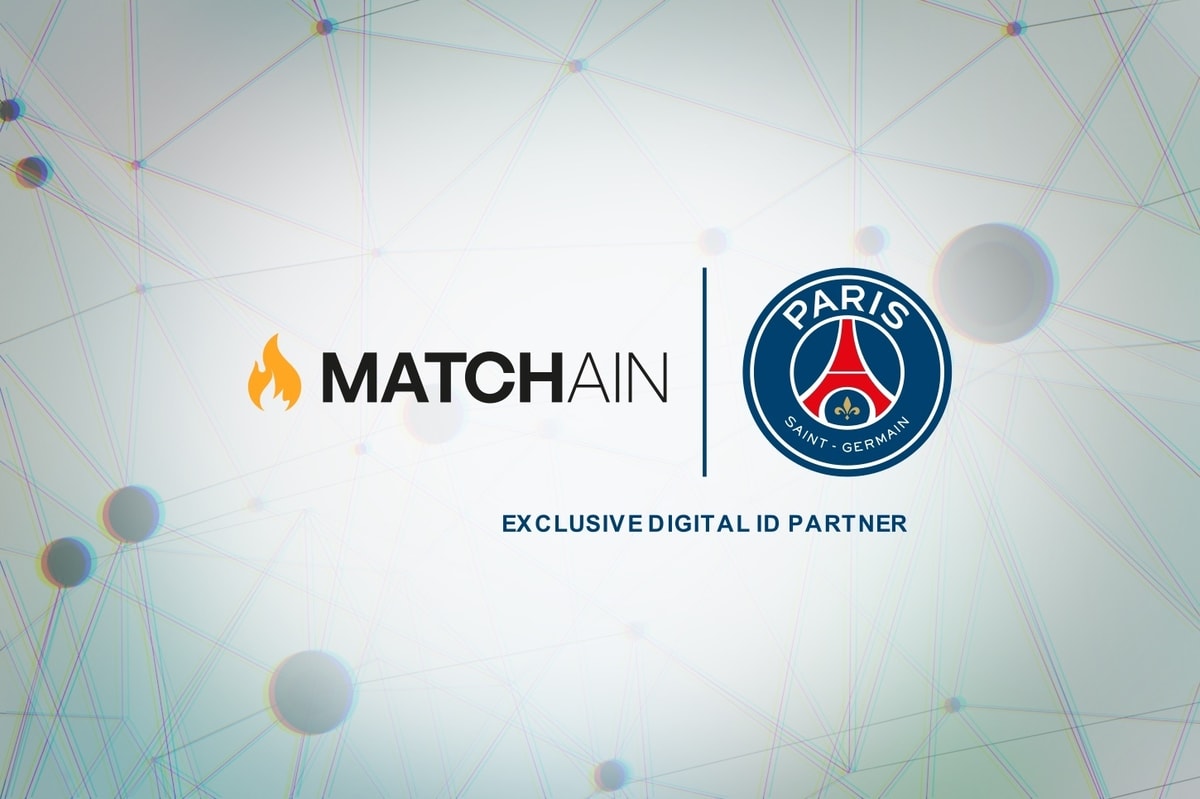Crypto startup Nash has developed a first-of-its-kind earnings product that builds on the Aave protocol, making DeFi as accessible as ever for everyday users.
While banks around the world began offering negative interest rates, the decentralized finance (DeFi) space grew 88x between May 2020 and May 2021. Crypto-savvy investors clearly saw the potential for storing capital in high-yield protocols, such as Aave, which can offer APYs of 10% or even more.
Nonetheless, DeFi remains inaccessible to everyday investors. Users require a fiat gateway to buy cryptocurrency, even a stablecoin like USD Coin (USDC). They then need to send these funds to a wallet like MetaMask that can interact with DeFi apps to lock their funds — operations that also incur Ethereum network fees.
For DeFi to reach the masses, crypto-powered earnings accounts must offer the same experience as a traditional bank savings account. Users need to be able to deposit fiat currency in a couple of clicks, without worrying about crypto purchases, transactions or network fees.
Nash’s new earnings accounts:
- Operate in a non-custodial manner.
- Allow instant fiat deposits and withdrawals.
- Incur no Ethereum network fees for users.
- Present simple UX, like a traditional banking app.
Earnings accounts on Nash will be available in July. Read on to learn more about how they work.
The Aave protocol and aTokens
Aave generates interest by allowing users to lend out cryptocurrency. Borrowers post collateral for their loans and use the borrowed funds for purposes such as trading. This is advantageous because the capital posted, as collateral does not get used itself. They then pay back their loan with interest.
Lenders receive interest on their capital by locking it in a liquidity pool from which loans are drawn. If a user deposits USDC to the Aave pool, they receive aUSDC in return. This is an “aToken,” which keeps track of the interest they are earning. When the user wishes to withdraw funds from their pool (plus interest), they return their aUSDC and receive back more USDC than they put in. The extra USDC comes from borrowers paying back their loans with interest.
Nash’s earnings product simplifies the UX around DeFi by offering a fiat gateway directly for aTokens, combined with a bookkeeping system.
How Nash earnings works
Nash’s earnings product is based on a bookkeeping smart contract. This contract holds a buffer of aTokens and attributes ownership of them to users within the contract while keeping track of interest.
When a user deposits fiat currency to their Nash earnings account, they in effect use the Nash fiat gateway to make a purchase of aTokens. Deposits are possible via bank transfer, but also instantly via Open Banking for supported banks — and soon credit cards. When Nash adds integrated bank accounts later in Q3 this year, depositing to earnings accounts will be even easier.
With their fiat, users buy aTokens — e.g., aDAI, aUSDC, aUSDT, aBUSD, aGUSD — ownership of which is attributed to them in the bookkeeping contract. Once ownership is transferred within the contract, Nash cannot do anything with a user’s aTokens without their consent. This is a non-custodial system, where users are also able to withdraw their aTokens manually to another Ethereum wallet and do with them whatever they wish. Nash has experience working with non-custodial systems, having constructed a Layer-two crypto exchange, and offers users even more security by signing all transactions with multi-party computation.
Within the Nash app, users are simply presented with the value of their principal investment plus the interest generated. They do not need to have any knowledge of the blockchain operations occurring in the background. The UX is exactly like a traditional savings account.
When a user wishes to withdraw fiat from their account, they in effect sell aTokens back to Nash. They must provide a cryptographic signature, which authorizes Nash to re-attribute ownership of their aTokens inside the bookkeeping contract. Nash will pay the user out in fiat for the aTokens sold including interest.
By using a bookkeeping contract in this manner, Nash is able to offer a non-custodial system combined with straightforward UX — and with no need for a user to hold Ether (ETH) to pay network fees, which Nash handles itself in an optimized manner.
Bringing DeFi to everyone
Nash’s new product makes the power of Aave’s DeFi protocol available to everyday users. Say goodbye to blockchain transfers, network fees, browser wallets and decentralized applications. With a simple bank transfer, anyone can participate in the exciting new space that is DeFi.











